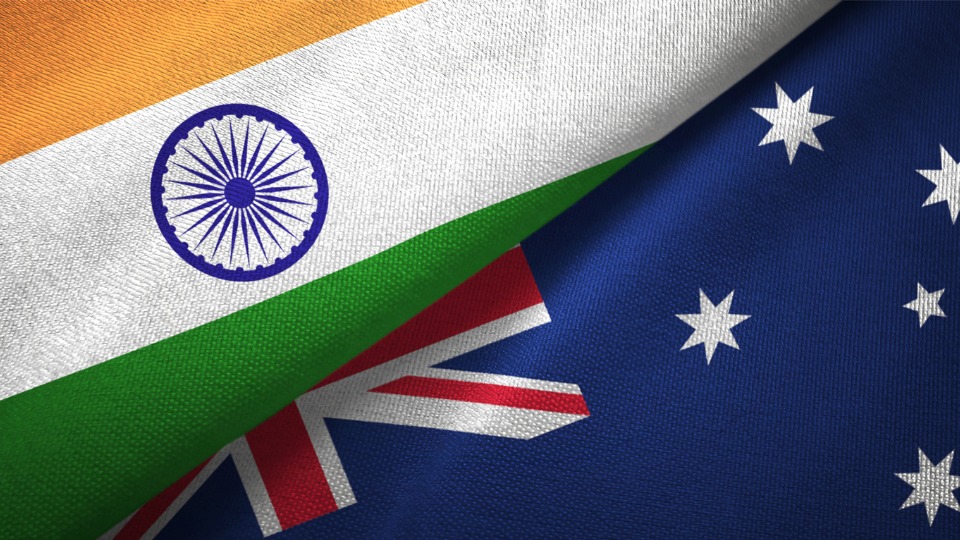
Australian parliament nod to FTA with India: What the nations stand to gain

The Australian parliament has approved that country’s Free Trade Agreement (FTA) with India, Australian Prime Minister Anthony Albanese announced on Tuesday.
According to Commerce Minister Piyush Goyal, the biggest gainer of the Australia-India FTA will be India’s IT sector. He added that the pharmaceutical sector would also benefit, as medicines will get faster approval under the agreement.
BREAKING: Our Free Trade Agreement with India has passed through parliament. (📷 with @narendramodi at the G20) pic.twitter.com/e8iG3gpTgr
— Anthony Albanese (@AlboMP) November 22, 2022
“This is the first time in Australia’s history where they are giving 100% tariff lines, with most lines on entry into force and 113 lines within a period of five years,” Goyal added.
In Australia, Albanese said in a statement, “These new agreements will create new opportunities for trade diversification and great outcomes for Australian business and Australian families.”
Also read: Trade pact with Australia: It’s take some, give some for India
The FTA between India and Australia will help the latter secure a foothold in the world’s fastest growing economy, as it seeks to diversify exports from China, one of its largest trading partners.
The India-Australia Economic Cooperation and Trade Agreement (AI-ECTA) was signed on April 2. While it has already got the nod of the Cabinet in India, it needed ratification by the Australian parliament. Goyal said the Australian government will now take the approval of its executive council.
What India stands to gain
Under the FTA with Australia, India will get zero-duty access for about 96.4% of its exports. That includes over 6,000 broad sectors of India, including labour-intensive ones, such as textiles, leather and footwear, furniture, food and agricultural products, gems and jewellery, automobiles, railway wagons, medical devices, and engineering products. These cover many products that are currently in the category of 4–5% customs duty in Australia.
Also read: India-Australia trade deal will bring major benefits to students, workers
A major highlight of the FTA is the offer of visas to Indian chefs and yoga teachers. Also, under the pact, every student who visits Australia for further studies will get an opportunity to work there depending on the student’s educational level.
According to Commerce Ministry data, India’s goods exports to Australia were worth $8.3 billion and imports, $16.75 billion in FY21-22. “The India-Australia FTA is expected to raise bilateral trade to $45–50 billion in the next five years,” Goyal said. The current value is $27.5 billion.
What Australia stands to gain
Australia hopes that the FTA will make Indian goods cheaper in its market and help replace Chinese products in the long run. As part of the FTA, Australia will enjoy preferential access to over 70% of India’s tariff lines. Australia exports mostly coal, mineral ores, and wines.
Australian Trade Minister Don Farrell said last week that the agreement presented enormous opportunity to services companies and professionals in his country to access the 140-crore-strong Indian market.
Also read: India-Australia trade pact has geostrategic significance: Tehan
“India presents unparalleled growth opportunities for Australian business across a range of sectors, from food and agriculture, technology and green energy, to health and education services,” he said.
Currently, China accounts for 31% of Australia’s global trade. Two-way trade with China was valued at $245 billion in 2020, of which Australia’s exports were worth $159 billion. But with China’s increasingly aggressive stance in the Indo-Pacific region, Australia is looking to diversify its trade relations.
(With agency inputs)

